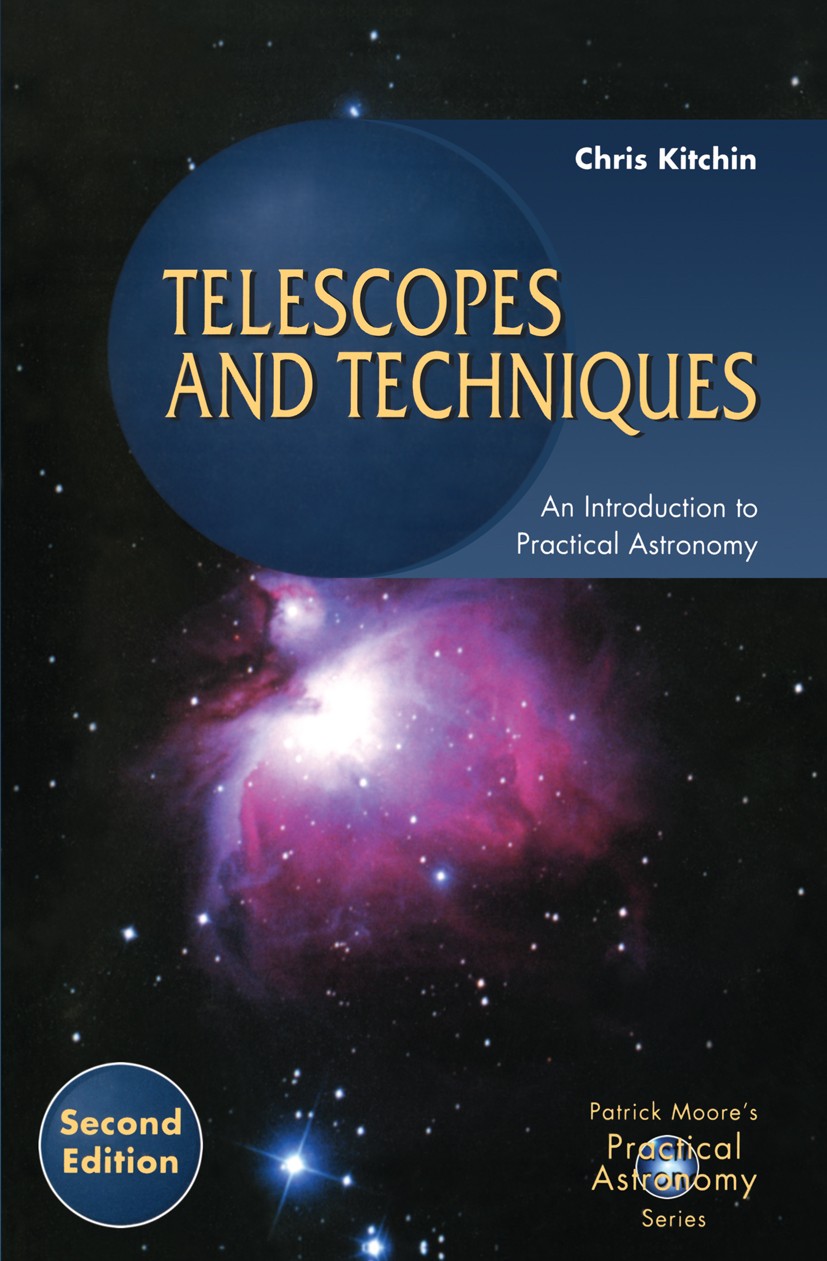| 书目名称 | Telescopes and Techniques |
| 副标题 | An Introduction to P |
| 编辑 | Chris Kitchin |
| 视频video | http://file.papertrans.cn/903/902847/902847.mp4 |
| 概述 | This carefully structured introduction to astronomical instruments can be used by first-year students or amateur astronomers.Self-test questions and exercises - with answers - are provided.Includes on |
| 丛书名称 | The Patrick Moore Practical Astronomy Series |
| 图书封面 |  |
| 描述 | The modern aspiring astronomer is faced with a bewil dering choice of commercially produced telescopes, including all the designs considered in the preceding chapter. Yet only four decades ago the choice for a small telescope would have been between just a refrac tor and a Newtonian reflector. That change has come about because of the enormous interest that has grown in astronomy since the start of the space age and with the mind-boggling discoveries of the past 30 or 40 years. Except for some of the very small instruments which are unfortunately often heavily promoted in general mail order catalogues, camera shops and the like, the optical quality of these commercially pro duced telescopes is almost uniformly excellent. Although one product may be slightly better for some types of observation, or more suited to the personal cir cumstances of the observer, than another, most of them will provide excellent observing opportunities. The same general praise cannot be applied, however, to the mountings with which many of these telescopes are provided, and those problems are covered in Chapter 6. |
| 出版日期 | Book 20032nd edition |
| 关键词 | Telescopes and observing; astronomy; instruments; photometry; spectroscopy; telescope |
| 版次 | 2 |
| doi | https://doi.org/10.1007/978-1-4471-0023-2 |
| isbn_ebook | 978-1-4471-0023-2Series ISSN 1431-9756 Series E-ISSN 2197-6562 |
| issn_series | 1431-9756 |
| copyright | Springer-Verlag London 2003 |
 |Archiver|手机版|小黑屋|
派博传思国际
( 京公网安备110108008328)
GMT+8, 2025-11-18 13:19
|Archiver|手机版|小黑屋|
派博传思国际
( 京公网安备110108008328)
GMT+8, 2025-11-18 13:19


